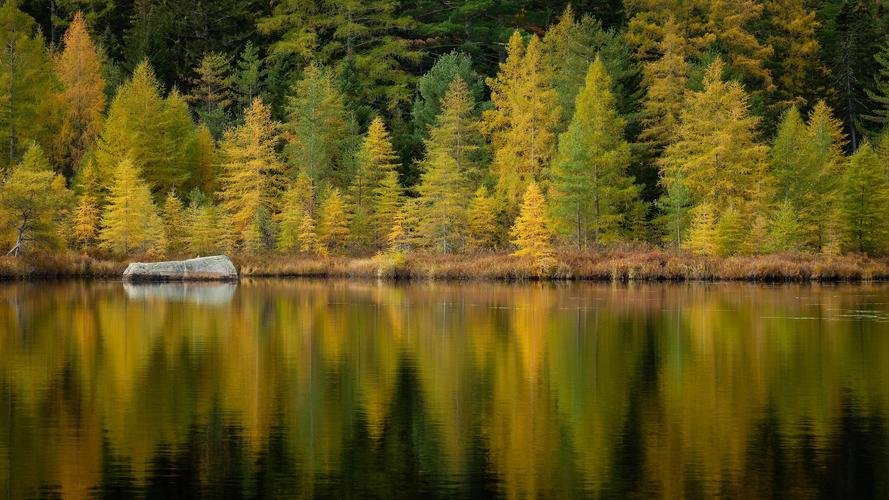Exploring the Richness of 3 Cultural Heritage Sites in the Philippines
The Philippines has a rich history and culture that can be traced back to ancient times. Its cultural heritage consists of diverse traditions, beliefs, and practices that are unique to each region. Among the many heritage sites in the country are three that stand out for their grandeur, historical significance, and beauty: the Banaue Rice Terraces, Vigan City, and the Tubbataha Reef.
Banaue Rice Terraces
The Banaue Rice Terraces, dubbed the Eighth Wonder of the World, is an engineering feat of the ancient Ifugao people. The terraces were built around 2,000 years ago using rudimentary tools and sheer human labor to carve the landscape into thousands of stepped paddies. Covering over 10,000 square kilometers, the terraces have been declared a UNESCO World Heritage Site and are a testimony to the Ifugao people’s ingenuity and agricultural know-how. It’s a must-visit for those interested in history, architecture, and nature.
Vigan City
Vigan City is a charming colonial town nestled in the northern province of Ilocos Sur. It’s a well-preserved example of a Spanish colonial town with indigenous elements, such as traditional houses, churches, public buildings, and urban landscapes. The city’s Calle Crisologo is lined with antique houses and is a favorite spot for photography enthusiasts. Vigan City is a living museum that transports you back in time to the colonial era, where you can immerse yourself in its rich heritage, cuisine, and architecture.
Tubbataha Reef
Tubbataha Reef is a marine sanctuary located in the Sulu Sea, off the coast of Palawan. It boasts of a vast coral reef system that harbors various marine species, including over 600 types of fish and more than 360 species of coral, some of which are endemic to the Philippines. Tubbataha Reef is not only visually stunning but also an important biodiversity hotspot deserving of conservation efforts. It’s a mecca for divers and snorkelers alike who come to witness the colorful underwater world and rare species.
In conclusion, these three cultural heritage sites in the Philippines are a testament to the country’s rich history, diverse culture, and natural beauty. Visitors can learn about ancient agricultural practices, immerse themselves in colonial towns, and witness the wonders of marine life. It’s a remarkable experience that stays with you forever.
(Note: Do you have knowledge or insights to share? Unlock new opportunities and expand your reach by joining our authors team. Click Registration to join us and share your expertise with our readers.)
Speech tips:
Please note that any statements involving politics will not be approved.
